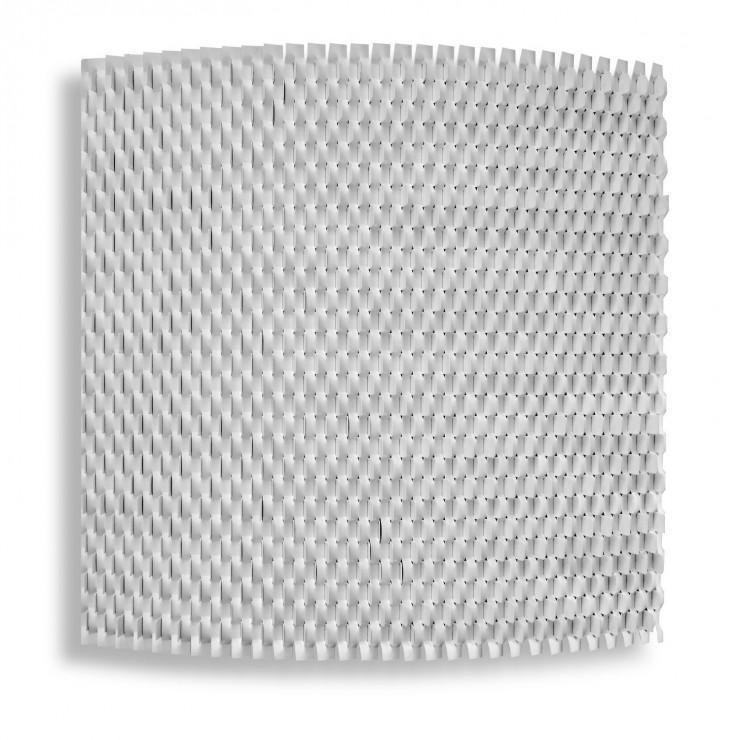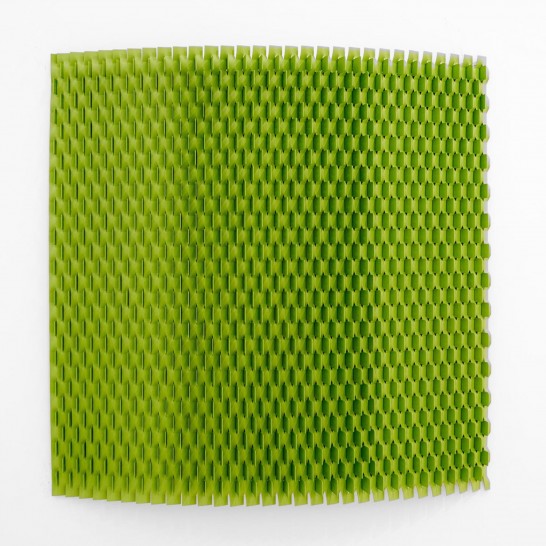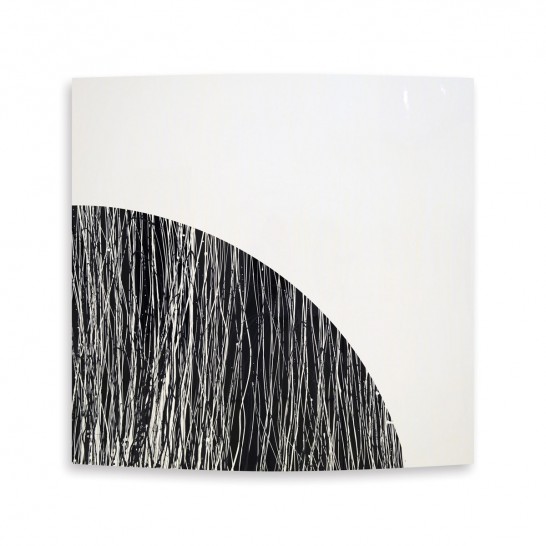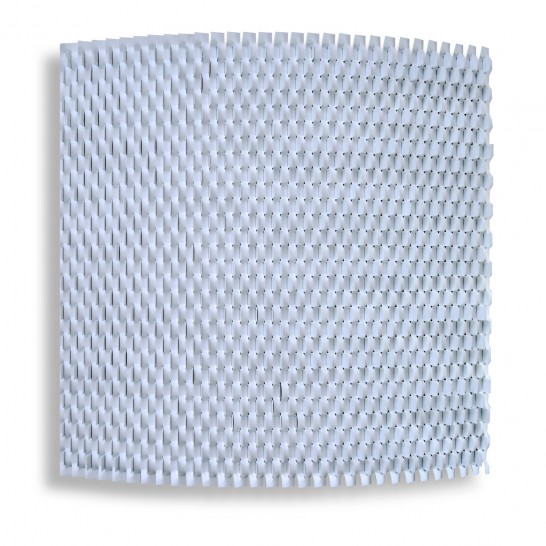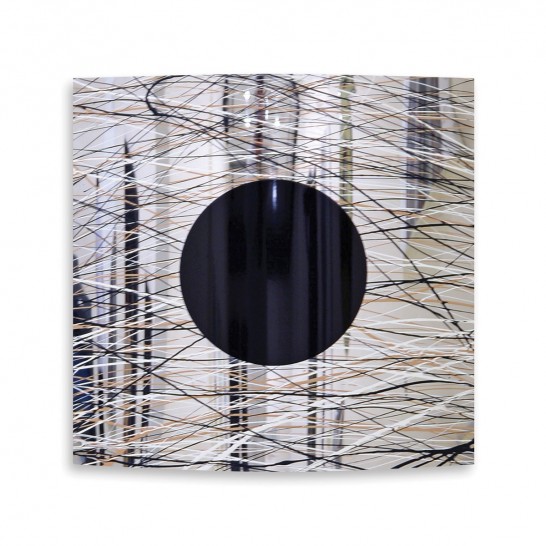Our artists
Sheikh Rashid Al Khalifa
Born in 1952 in the Kingdom of Bahrain, Rashid Al Khalifa held his first solo exhibition at the Dilmun Hotel, Bahrain in 1970, when he was just 16 years old, and then moved to the United Kingdom in 1972 to study at the Hastings College of Arts and Technology in Sussex. After returning to Bahrain in 1978, inspired by Europe’s great Impressionist masters, he began his own renditions of his country’s landscapes, producing a series of atmospheric paintings of desert, sea, and historical sites. These works were first presented at the Middle East Institute in Washington, D.C., and at Bahrain’s Sheraton Hotel in 1982. Al Khalifa developed his painting by responding to certain movements and styles such as geometric abstraction, hard-edge painting, and color field work.
The artist’s vital decision to merge elements of his figurative and landscape works in the late 1980s was an entirely conscious one. He was driven by a greater sense of individuality sourced from the ambiance of his surroundings. His female figures became barely decipherable, as hints of fabric, suggestions of limbs and movement, and cascades of hair all dispersed into the melding colors of a landscape.
Al Khalifa’s further transformation in the early 1990s demonstrated his desire to contain and redirect his previously gestural and fleeting mark-making. Gradually becoming more controlled, his imagery began incorporating more decorative elements. This series of works were first presented in 1996 in solo exhibitions at the De Caliet Gallery and the El Kato Kayyel Gallery in Milan, as well as at the Shuman Arts Organization in Jordan in 1997.
During this time, al Khalifa also experimented with geometry, forming a triangular prism with three canvases; while he appreciated its three-dimensionality, which allowed the work to stand unsupported so viewers could look from all angles, he was unsatisfied with the result. Further investigations and unintentional discoveries resulted in his characteristic "convex canvas" which emerged towards the end of the 1990s.
Beginning in 2000, this new canvas became the mainstay on which the artist merged all his prior imagery—landscapes and figurative and abstract expressionism—into his own color field language. From 2006 onwards, along with his continued application of bright and vivid color schemes, his practice adopted a conceptual framework. Organic shapes and unusual patterns swirled together, allowing for the emergence of animated and abstract imagery.
By 2009, his work had undergone a definitive change, where the formerly bold lines and distinct forms of the late ‘90s became a synthesis of color and gesture. Broad sweeps of color in blended paint and thick impasto were then scratched and scraped to reveal the remnant hues and imagery beneath their surface.
Employing the convex surface for over a decade, al Khalifa methodically and continually developed his style with a far more minimalistic approach. In 2010, an important solo exhibition at the Bahrain National Museum entitled “Convex: A New Perspective,” showcased a decade of his work, presenting his journey with this newfound form and its influential role on his style and practice. Along with his earlier painterly works, he introduced a new series of works in lacquer paint, fabric, and glue, which complemented the curvature of the canvas. Al Khalifa manipulated these materials to explore how light fell differently on each surface and highlighted his multilayered relief technique. The scale of his canvas became grander and darker, more intense imagery imparted far greater dramatic effects. In essence, this “new perspective” intimated the changes in the physicality of al Khalifa’s work and ran parallel to his personal growth. His ongoing experimentation signified his need for innovation and renewal.
In this phase, al Khalifa began to consider and equate, to an even greater extent, the susceptibility, mechanics, and geometric processes involved in his visualization of Bahrain’s ever-changing landscapes and architecture. He quickly began to incorporate these findings into his practice. The incandescent, smooth lacquer surfaces in much of his 2010-2011 work demonstrates his affinity for symmetry and balance in form and purpose. By late 2011, al Khalifa took this further by experimenting with chrome which allowed him to paint over, manipulate, and warp reflections of his environment. This body of work was showcased in solo exhibitions the following year at the Bahrain Financial Harbour in Manama, the Beirut Art Fair, and Abu Dhabi Art.
